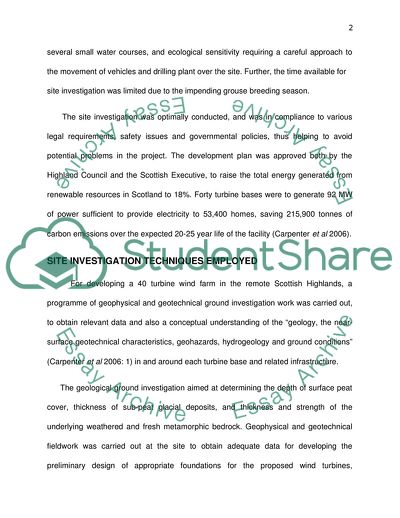Cite this document
(Site Investigation for a Major Wind Farm Project at Farr at Case Study, n.d.)
Site Investigation for a Major Wind Farm Project at Farr at Case Study. Retrieved from https://studentshare.org/information-technology/1742653-site-investigation
Site Investigation for a Major Wind Farm Project at Farr at Case Study. Retrieved from https://studentshare.org/information-technology/1742653-site-investigation
(Site Investigation for a Major Wind Farm Project at Farr at Case Study)
Site Investigation for a Major Wind Farm Project at Farr at Case Study. https://studentshare.org/information-technology/1742653-site-investigation.
Site Investigation for a Major Wind Farm Project at Farr at Case Study. https://studentshare.org/information-technology/1742653-site-investigation.
“Site Investigation for a Major Wind Farm Project at Farr at Case Study”. https://studentshare.org/information-technology/1742653-site-investigation.


